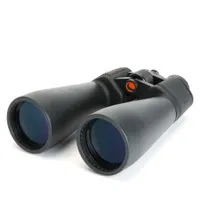Last chance to see Jupiter's moons for less! Our favorite astronomy binoculars are only $99 for Prime Day in October
Prime Day may be over, but the Celestron SkyMaster 15x70 binoculars are one of our top picks for stargazing, and there's still a chance to save.
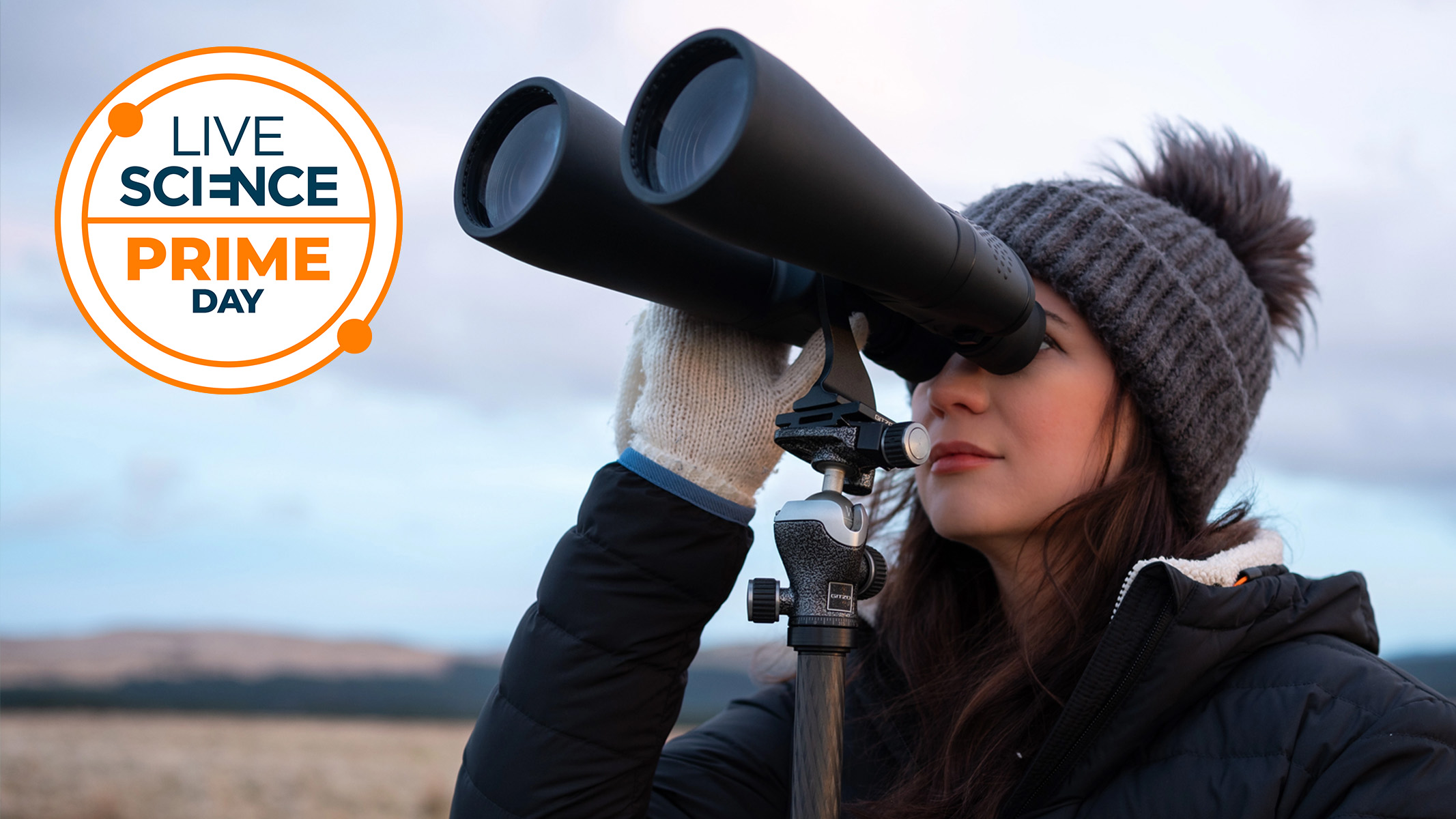
The nights are drawing in, bringing more opportunities to observe the wonders of the night sky. If you want to get a closer look at the moon, planets and deep sky objects without the hassle of transporting or setting up a telescope, we'd recommend a pair of large astronomy binoculars. One of our top picks, the Celestron SkyMaster 15x70, is great quality, relatively lightweight and although they were cheaper during Prime Day, Amazon are still offering the cheapest price. Our optics writer bought them last year and uses them regularly. However, if you can stretch your budget a little further, the Celestron SkyMaster 20x80 are now even cheaper than they were during Prime Day.
These 15x70s strike a perfect balance of price, portability and performance, treating us to beautiful views of the moon, Andromeda Galaxy, Jupiter and its four Galilean moons and the Pleiades during our full Celestron SkyMaster 15x70 review, where we gave them 4 out of 5 stars.
The Celestron SkyMaster 15x70 binoculars offer performance and portability for a very affordable price. The optics are good for the money, and they're ideal for getting a closer look at the moon, planets and some deep sky objects. We think they're some of the best binoculars for stargazing you can buy. Make sure you add the coupon at checkout.

Kimberley has been reviewing optics equipment for over 4 years and has tested a wide range of cameras, binoculars and telescopes. Based in South Wales, she is just a stone's throw away from the dark skies of the Bannau Brycheniog National Park, where she conducted the majority of her review of the Celestron SkyMaster 15x70 binoculars.
- Our experts have also reviewed and rated the best telescopes, binoculars, star projectors, cameras, fitness trackers, running shoes, rowing machines and more.
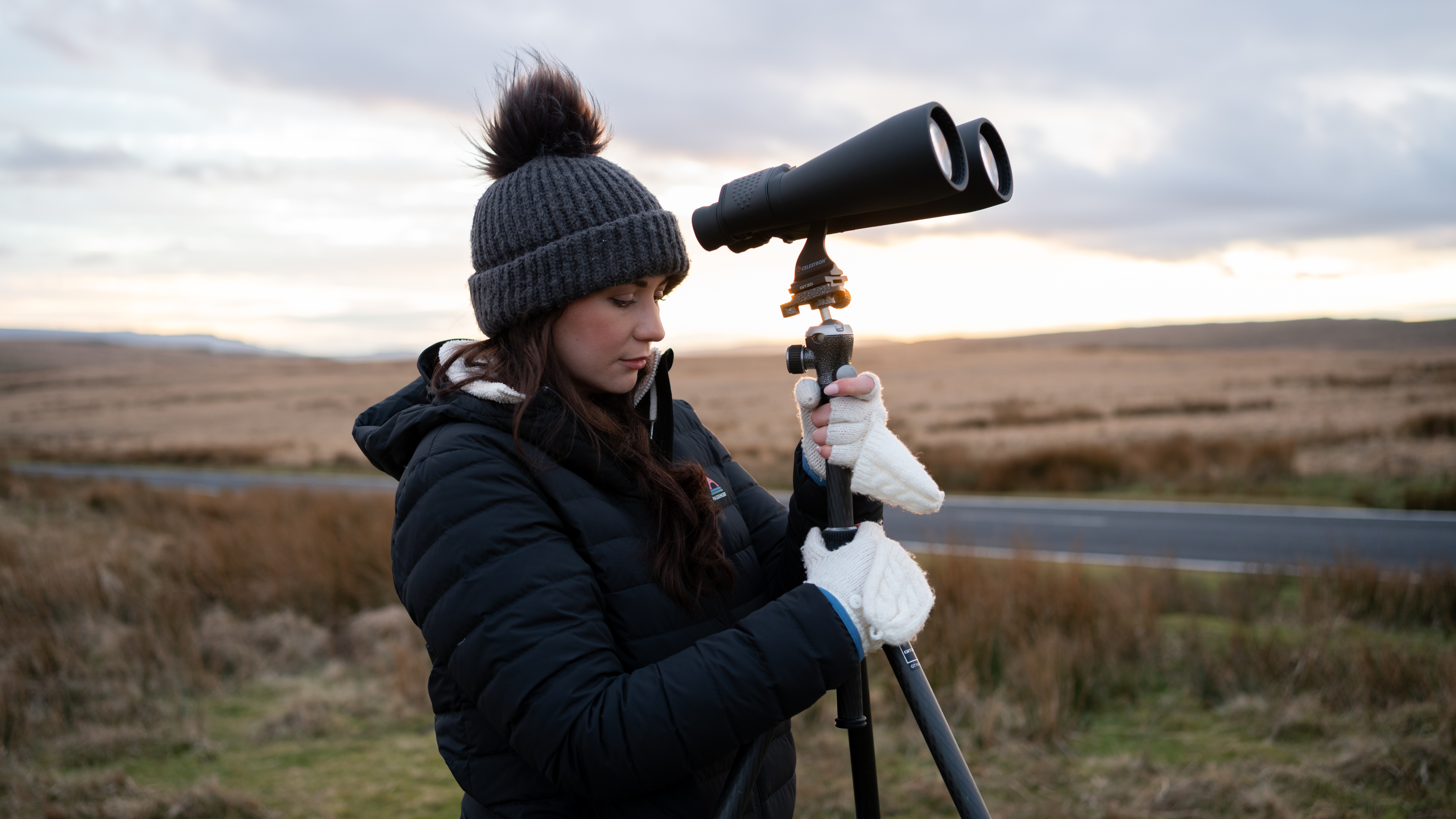
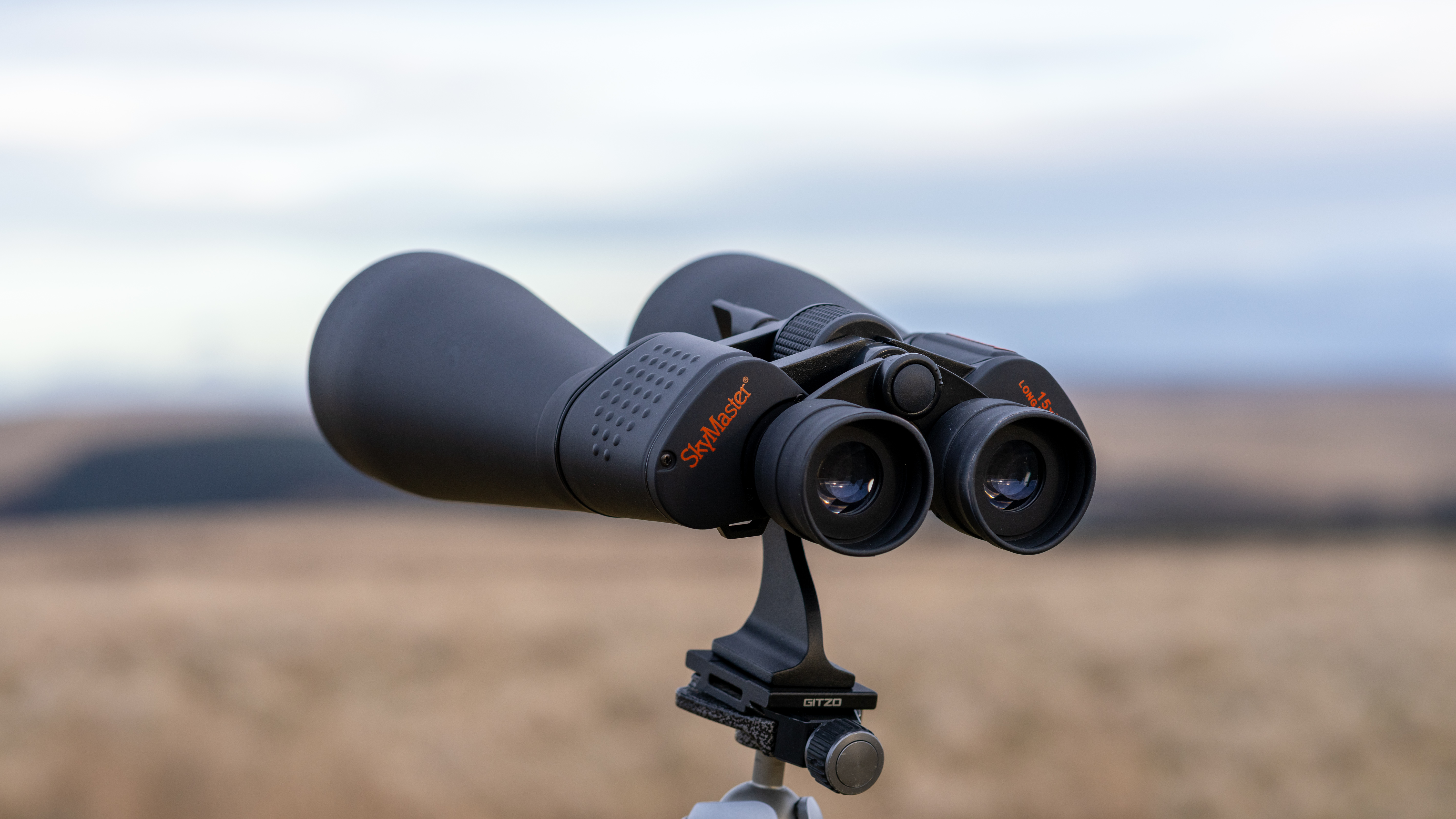
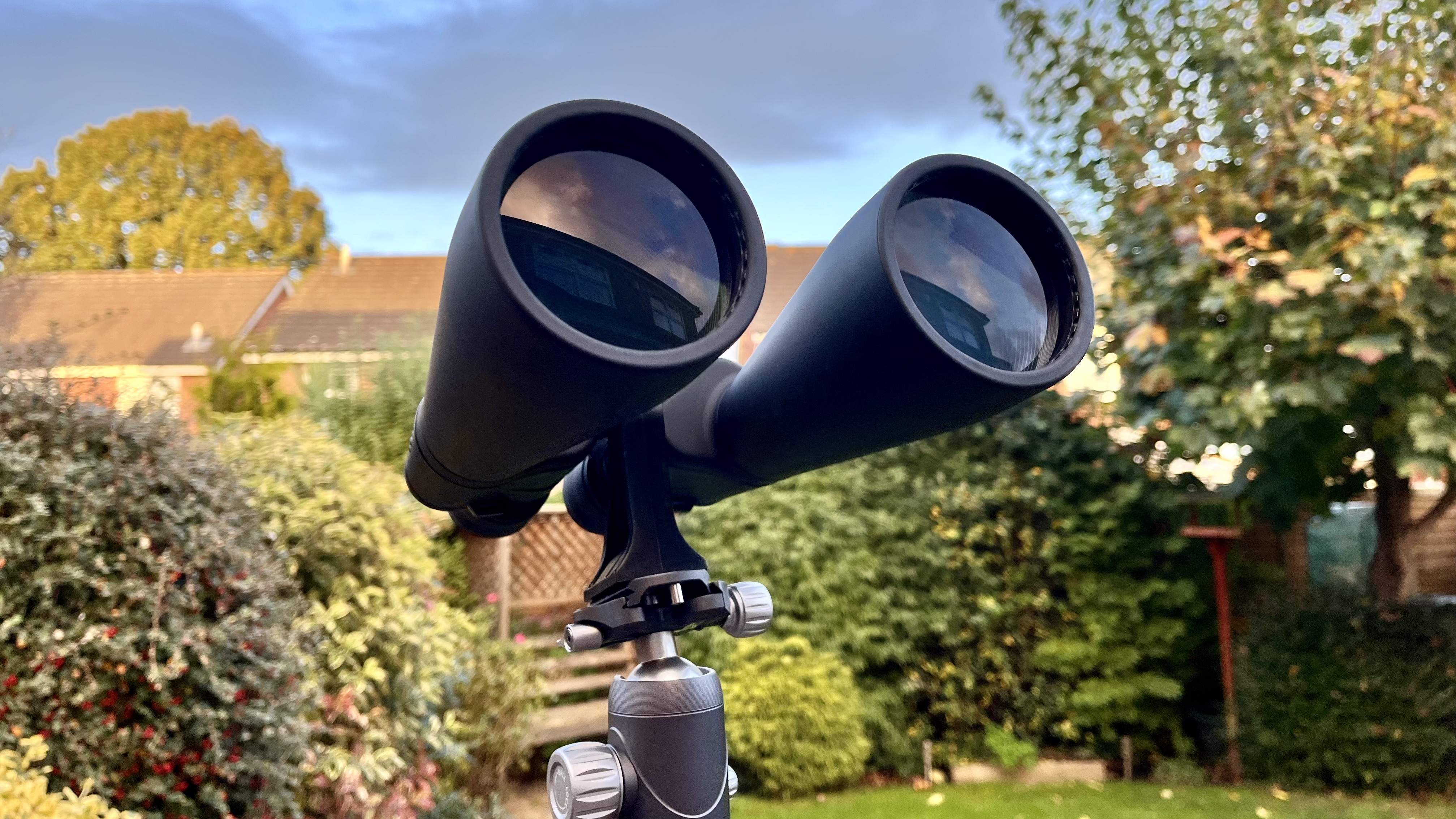
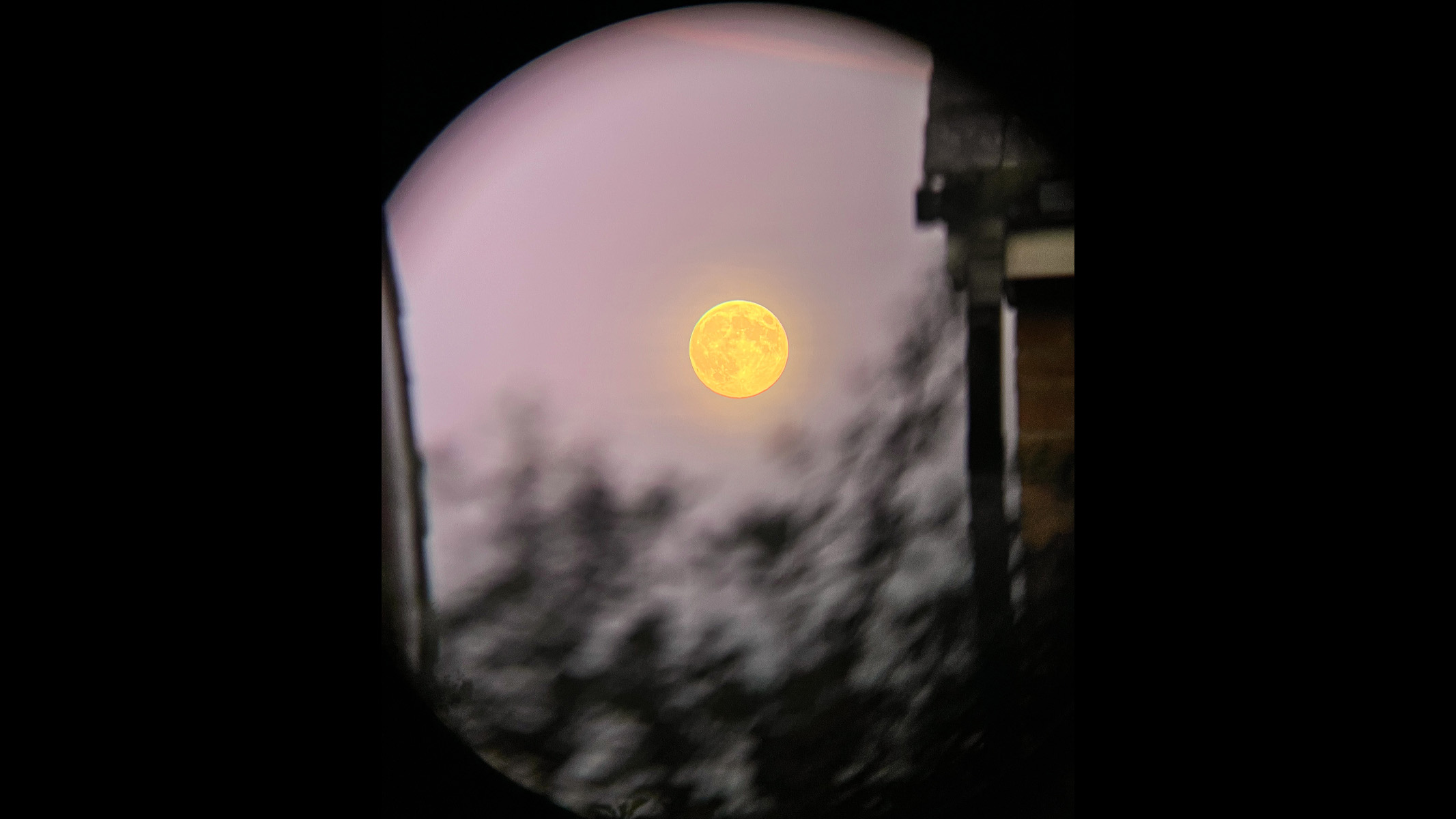
While there is some chromatic aberration around brighter objects like the moon (which is to be expected at this price point), we had hours of fun with these binoculars, and they're a fantastic option to get a better look at the upcoming supermoons on November 5 and December 4 without breaking the bank.
The 15x magnification and large 70mm objective lenses are a fantastic combination for stargazing, but a magnification this high, combined with their size and weight, means they'll need to be mounted on a sturdy tripod to prevent shaky views. Luckily, a tripod adapter is included, alongside lens caps, a rainguard, a carrying case, neck strap, lens cloth and instructions. They're waterproof, but not fogproof, which is good if you get caught out in the rain, although we wish it were the other way around, given their intended use. Still, we've never had too much trouble with them fogging up.
If their size and weight are a dealbreaker, you can still get great handheld views of the night sky with a pair of compact binoculars, but they won't have as powerful a magnification. Or, if you want to invest a bit more, a pair of the best image-stabilized binoculars will prevent shakes at higher magnifications.
Key features: 15x magnification, 70mm objective lenses, water-resistant, 18mm eye relief, 52.5 feet (16m) close focusing distance.
Price history: They were down to $75 during Prime Day, but this is still the cheapest price we've seen them against the other retailers today.
Price comparison: Amazon: $99 | Walmart: $109.99 | B&H: $109.99
Reviews consensus: Combining performance, price and portability, they're a brilliant option for beginners or anyone on a budget, and we actually preferred their handling compared to the Celestron SkyMaster 15x70 Pro ED.
Featured in guides: Best binoculars for stargazing
✅ Buy it if: You want to get a better view of the moon, Jupiter and its moons and some closer deep-sky objects on a budget.
❌ Don't buy it if: You want a pair of binoculars that you can use handheld, or you want to use them for birdwatching.
Check out our other guides to the best telescopes, binoculars, cameras, star projectors and much more.
Get the world’s most fascinating discoveries delivered straight to your inbox.
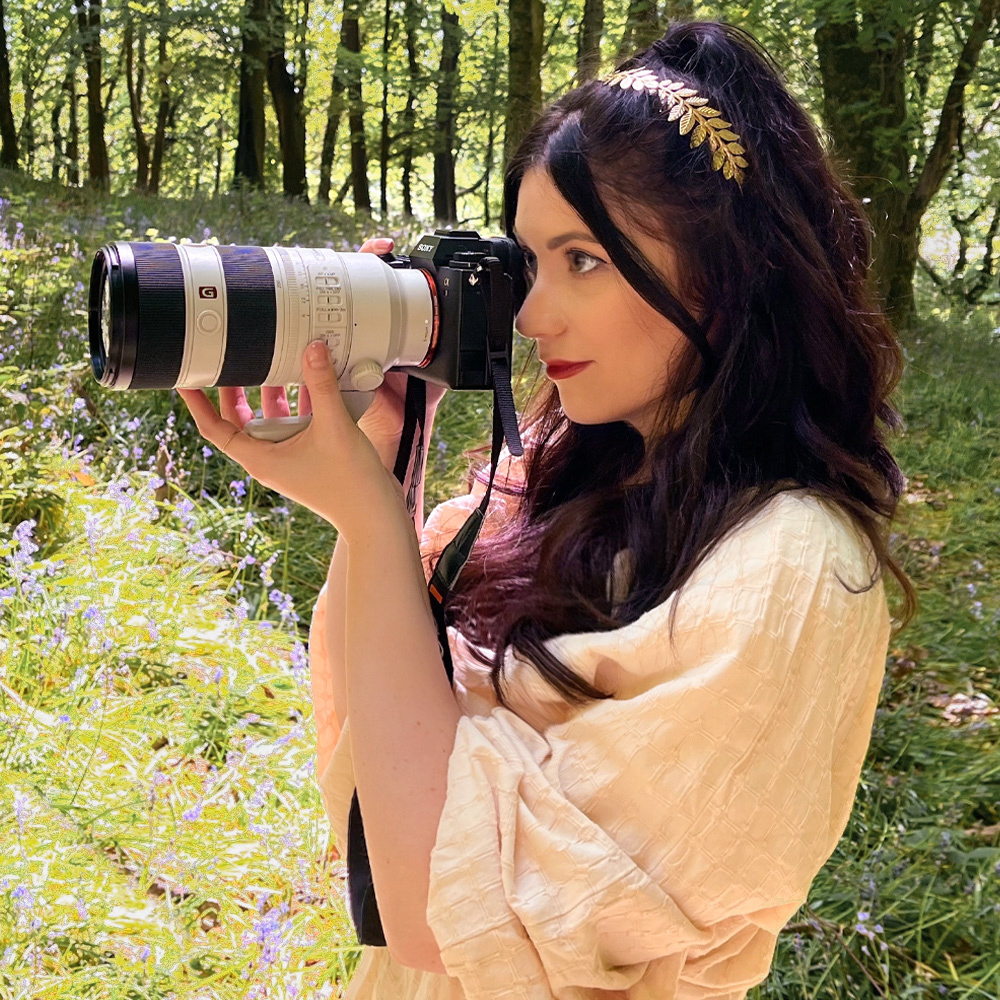
Kimberley Lane, E-commerce writer for Live Science, has tested a wide range of optical equipment, reviewing camera gear from Sony, Canon, OM System and more. With over 6 years of photography experience, her skills span across landscape and seascape photography, wildlife, astrophotography and portrait work. Her photos have been featured in a number of national magazines, including Digital Camera World and Cosmopolitan. She has also contributed to our sister site Space.com and Tech Radar, and she regularly uses binoculars and telescopes to stargaze in the dark skies of South Wales.
You must confirm your public display name before commenting
Please logout and then login again, you will then be prompted to enter your display name.
